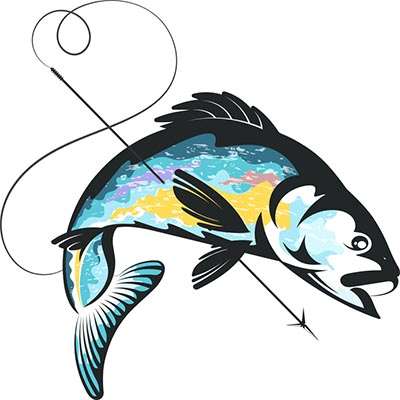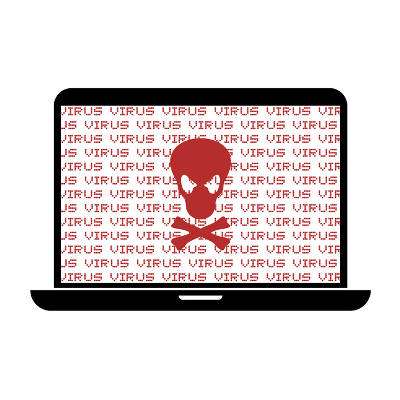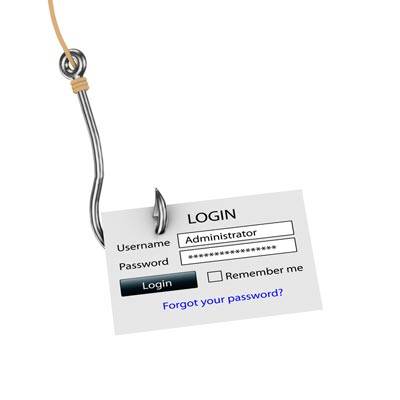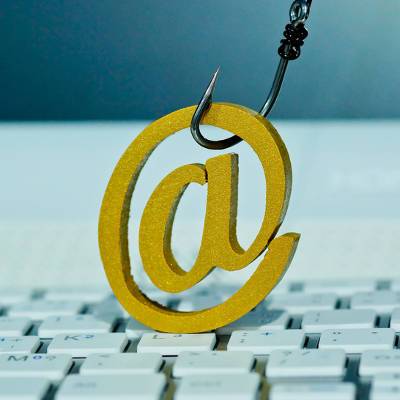Phishing has swiftly become the most popular form of cyberattack due to the method’s simplicity; it solely relies on a user’s gullibility. The weakest link to any business is usually the employees. In order to protect your business, you and your team need to recognize these social engineering cyberattack attempts. Below are a few tips on how to identify a phishing attempt.
Macro Systems Blog
Despite its eccentric name, phishing is a very significant threat to everyone, especially modern businesses. Thus, you must be prepared to identify its warning signs and circumvent risky situations. Listed below are a few tips to prevent you from becoming a phishing victim; make sure you share them with your employees as well!
You may have heard of phishing: the method cybercriminals use to scam their targets by impersonating someone that their targets would trust, requesting access credentials or other sensitive information. Did you know that there are specific types of phishing? Let's review spear phishing, one of the biggest risks to your business.
Modern security solutions have made good strides to protect businesses, but there are still a lot of threats out there that can cause problems for your business. If you don’t take a proactive stance on security, you could leave your network vulnerable to incoming threats of all types. Macro Systems will help your business comprehend what threats are out there, why they are dangerous, and what you can do to keep your business secure.
Phishing scams have one of the most descriptive names in all of computing, mostly because of how similar phishing is with fishing. When someone goes fishing or phishing, bait is dangled in the hopes of getting a bite, and different types of bait can be used, depending on the catch one is trying to make.
Ransomware has been a serious threat to all kinds of organizations for a couple of years, and 2018 is no different. For those who are somehow unaware, ransomware is a form of malicious software that threatens the elimination of hijacked and encrypted data if a user doesn’t pay a ransom. It is known to be one of the most prolific and pervasive threats seen on the Internet today. Below we'll examine how ransomware has evolved over the past several years, what the future of ransomware looks like, and what you can do to protect yourself against it.
Email is usually promoted as a favorite medium for iniating cyberattacks against organizations and individuals. Why? Because it’s easy to hide the true intent behind an email attack within its contents, whether they are embedded images in the message itself, or links to external sources. How can you be absolutely certain that the links in your email inbox are legitimate and secure?
Cybercriminals are constantly looking for new and creative methods to steal data and information from businesses. While spam has been around for a while, phishing emails have increased in popularity because they are more effective at achieving the desired endgame. How can you ensure that phishing scams don’t harm your business in the future?
 Most hacking attacks are the result of a flaw or vulnerability found within the code of a program or operating system, but we rarely take into account the ones that don’t. Hackers often take advantage of the human side of hacking as well, a process known as “social engineering.” This is usually the act of conning users into handing over personal information of their own free will, and it’s surprisingly effective.
Most hacking attacks are the result of a flaw or vulnerability found within the code of a program or operating system, but we rarely take into account the ones that don’t. Hackers often take advantage of the human side of hacking as well, a process known as “social engineering.” This is usually the act of conning users into handing over personal information of their own free will, and it’s surprisingly effective.














